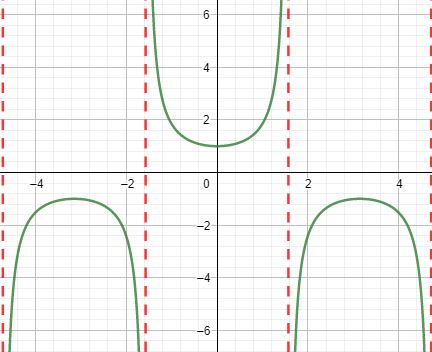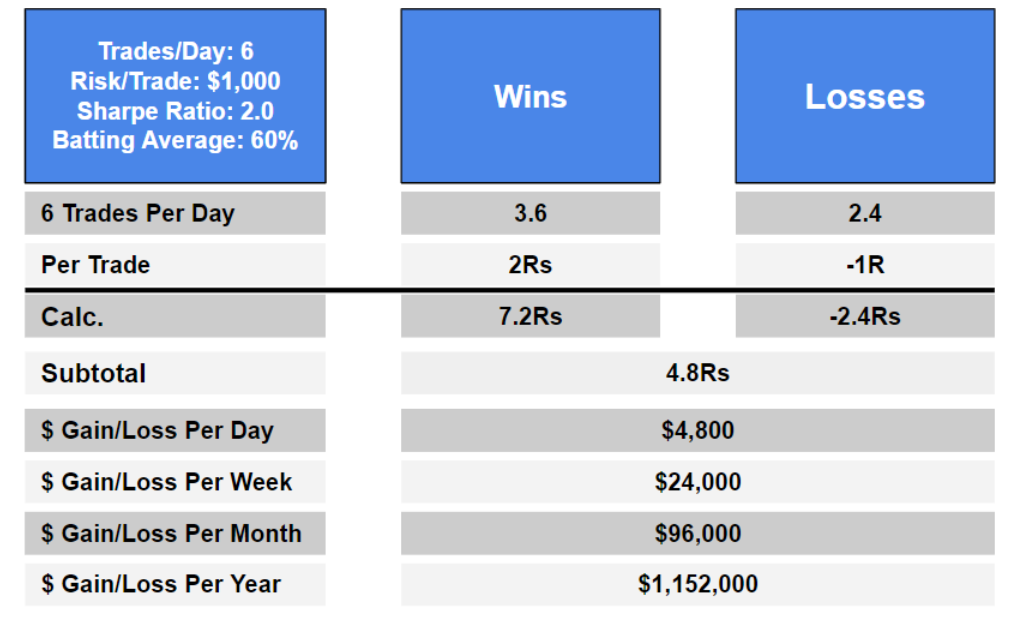
A savings bond can be a wonderful way to save for yourself or your loved ones. Since 1935, investors have purchased and received these low-risk investments backed by the government. You may wonder how to redeem your savings bond so that you can receive your money.
Savings bonds can be a low-risk, long-term investment. However, they are not guaranteed to last forever. When they reach maturity (usually 20-30 years later), you will need to redeem them.
Cashing in Savings Bonds
You can cash them in at any bank or financial institution. You'll need to have the original paper savings bond and proper identification, such as a driver's license or state-issued ID. FirstCapital Bank of Texas will accept both paper and electronic savings bonds.

How to redeem your Savings Bond
To redeem your savings bonds, you need to be either the registered owner of the bond or a joint-owner. If you're unable to prove ownership, you can send a letter or proof from your legal representative.
What is the value of my savings bond?
Your return will be based on your bond's current value as well as the rate of interest it has earned. You can calculate your bond's value using the Treasury Department's online calculator.
When is a good time to redeem your savings bond?
Always wait until the maturity date of your savings bonds. This will give you a chance to earn more interest or find a place to put your savings.
If you plan to use the savings bond you have for a major purchase such as a wedding, or to pay college tuitions, it might be worth redeeming it so you can make an even larger payment in the future. This will save you money and allow you to maximize your return.

How can i tell if i have any savings bonds?
You can check if the person from whom you purchased a savings bond is still alive to see if he or she has any money saved. You can then contact them to find out how you can cash it in for a lump-sum or a part of the savings bond.
What to Do with Your Savings Bond if You're Deceased
You can transfer a savings bond into a new trust for other people if someone dies. You can also change the trustee on a bond or move the savings bond to another trust.
How can I cash in my savings bond when my name has changed?
If you change your name, you can still redeem your savings bond but you'll need to prove that your new name is the one you signed on the back of your savings bond. In order to redeem your savings bonds, you will need to provide both your Social Security and U.S. bank account numbers.
FAQ
How are securities traded
The stock exchange is a place where investors can buy shares of companies in return for money. To raise capital, companies issue shares and then sell them to investors. Investors then resell these shares to the company when they want to gain from the company's assets.
Supply and demand determine the price stocks trade on open markets. When there are fewer buyers than sellers, the price goes up; when there are more buyers than sellers, the prices go down.
There are two options for trading stocks.
-
Directly from the company
-
Through a broker
What is a Stock Exchange, and how does it work?
A stock exchange is where companies go to sell shares of their company. This allows investors and others to buy shares in the company. The market sets the price for a share. It is typically determined by the willingness of people to pay for the shares.
The stock exchange also helps companies raise money from investors. Investors are willing to invest capital in order for companies to grow. They buy shares in the company. Companies use their money as capital to expand and fund their businesses.
Many types of shares can be listed on a stock exchange. Some of these shares are called ordinary shares. These are most common types of shares. Ordinary shares can be traded on the open markets. Stocks can be traded at prices that are determined according to supply and demand.
Preferred shares and debt security are two other types of shares. Priority is given to preferred shares over other shares when dividends have been paid. These bonds are issued by the company and must be repaid.
What is a mutual-fund?
Mutual funds are pools of money invested in securities. Mutual funds provide diversification, so all types of investments can be represented in the pool. This helps to reduce risk.
Professional managers are responsible for managing mutual funds. They also make sure that the fund's investments are made correctly. Some funds also allow investors to manage their own portfolios.
Most people choose mutual funds over individual stocks because they are easier to understand and less risky.
Statistics
- Our focus on Main Street investors reflects the fact that American households own $38 trillion worth of equities, more than 59 percent of the U.S. equity market either directly or indirectly through mutual funds, retirement accounts, and other investments. (sec.gov)
- US resident who opens a new IBKR Pro individual or joint account receives a 0.25% rate reduction on margin loans. (nerdwallet.com)
- For instance, an individual or entity that owns 100,000 shares of a company with one million outstanding shares would have a 10% ownership stake. (investopedia.com)
- Ratchet down that 10% if you don't yet have a healthy emergency fund and 10% to 15% of your income funneled into a retirement savings account. (nerdwallet.com)
External Links
How To
How to make a trading plan
A trading plan helps you manage your money effectively. It will help you determine how much money is available and your goals.
Before creating a trading plan, it is important to consider your goals. You may want to make more money, earn more interest, or save money. You may decide to invest in stocks or bonds if you're trying to save money. You could save some interest or purchase a home if you are earning it. Maybe you'd rather spend less and go on holiday, or buy something nice.
Once you know your financial goals, you will need to figure out how much you can afford to start. This will depend on where and how much you have to start with. It's also important to think about how much you make every week or month. Income is what you get after taxes.
Next, make sure you have enough cash to cover your expenses. These include bills, rent, food, travel costs, and anything else you need to pay. These expenses add up to your monthly total.
Finally, you'll need to figure out how much you have left over at the end of the month. That's your net disposable income.
You're now able to determine how to spend your money the most efficiently.
To get started, you can download one on the internet. You could also ask someone who is familiar with investing to guide you in building one.
Here's an example.
This shows all your income and spending so far. This includes your current bank balance, as well an investment portfolio.
Here's an additional example. This one was designed by a financial planner.
It will let you know how to calculate how much risk to take.
Remember: don't try to predict the future. Instead, think about how you can make your money work for you today.